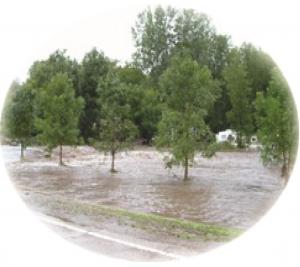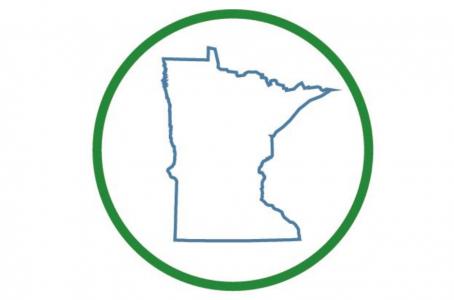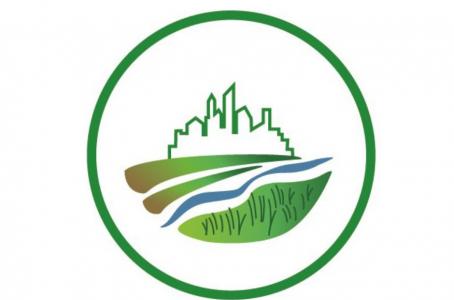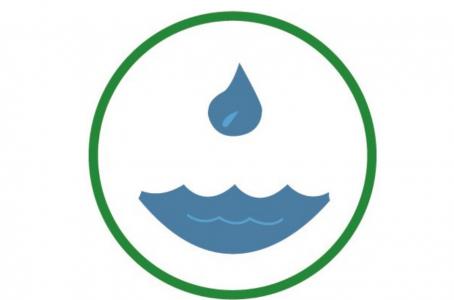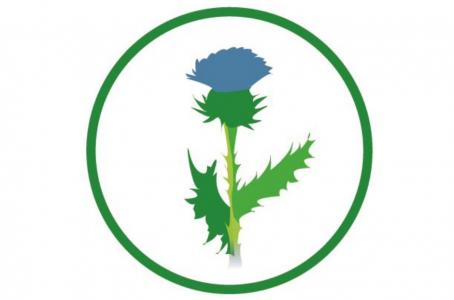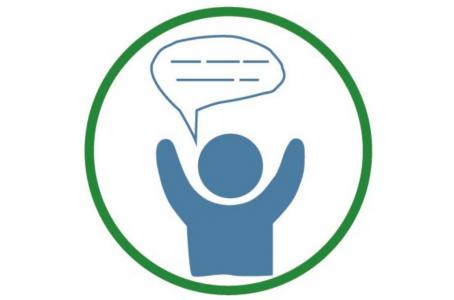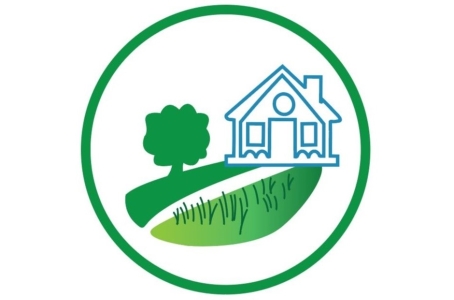The BWSR Climate Resiliency Toolbox has been developed to address a wide range of landscape stressors, including climate change, to maintain long-term ecological, economic and social benefits.
The Board of Water and Soil Resource’s mission is to improve and protect Minnesota’s water and soil resources by working in partnership with local organizations and private landowners. BWSR is focused on using current science and practices to increase landscape resiliency to protect Minnesota’s natural resources and sustain economic productivity and social benefits.
Minnesota landscapes are under stress from a wide range of variables related to climate change, including rainstorms and flooding, nutrients, pollutants, habitat fragmentation, soil compaction, and changes to historic patterns within plant communities. This Climate Resiliency Toolbox has been developed to guide efforts across Minnesota for urban and rural landscapes to address a wide range of landscape stressors to maintain long-term ecological, economic and social benefits. The toolbox is also a companion to BWSR’s Climate Change Trends and Action Plan (pdf) as it provides specific strategies for climate adaptation.
The toolbox includes links to eight topics: Identifying Programs and Funding, Working with BWSR Programs, Water Planning, Urban Planning, Conservation Lands and Natural Areas, Agricultural Landscapes, Invasive Species and Long-term Management, and Community Outreach and Engagement. Each category includes information about planning methods and key strategies. The toolbox also includes case studies and links to other resources.
Throughout the toolbox there is a focus on strengthening partnerships and working to attain multiple benefits as part of individual projects. These are key goals that have been identified by Minnesota state agencies as part of climate adaptation planning. This guide will be updated as new planning methods and conservation strategies become available.

